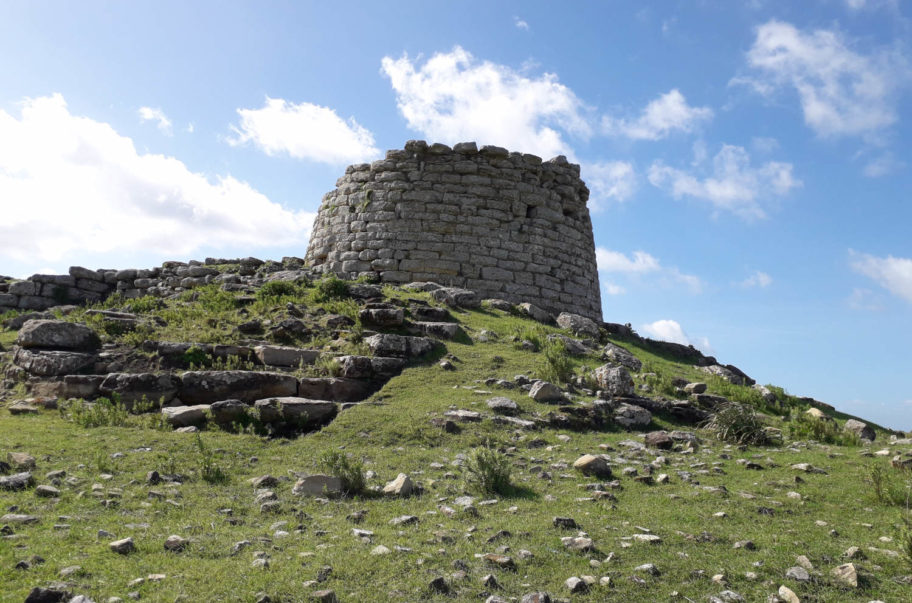Corpo Pagina
Nuragus is a town in the province of Sud Sardegna, located near the Giara di Gesturi, between Marmilla, Laconi and Isili mountains.
Its territory is dotted with archaeological emergencies.
The most numerous concern the Nuragic era: in fact there are more than 30 nuraghi, several giants’ tombs and a sacred well, so much so that it is considered probable that the name of the town itself is linked to this characteristic.
Worthy of note among the nuraghi are Valenza, which has a five-lobed structure, and the four-lobed Santu Millanu, whose central tower in large light limestone blocks, arranged in regular rows, is particularly well preserved.
Not far away is the sacred well of Coni, carefully constructed in isodomic construction, with squared and projecting basalt blocks. The bottom, dug into the limestone rock, is accessed by five steps. When it was discovered in 1912 during agricultural work, only a female bronze figurine was found, called “Praying Matriarch” by G. Lilliu.
But the importance of Nuragus, from an archaeological point of view, is also given by the discovery of the Nuragic site of Serra Ilixi, where in 1857 were found, thanks to the canon Giovanni Spano, some ingots in the shape of oxhide, from Cyprus, together with weapons and some bronze figurines ready for melting.
In Roman times, in this territory arose the military and commercial station of Valentia, along the road ab Ulbia Karalis (which led from Olbia to Cagliari). This centre is mentioned by Pliny the Elder and Ptolemy and it still gives its name to the territory, in fact called “Part’e Alenza”.
What remains of this town are the necropolis, the walls, a stretch of road and a milestone of the emperors Valentinian I and Valens.
According to tradition, Nuragus was born from the re-foundation carried out by the survivors of the castrum, after it was destroyed by the Vandals.

